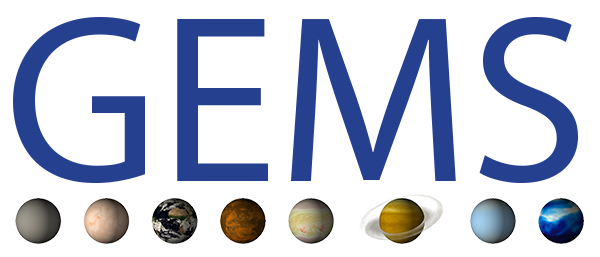gSAM#
Provided by Stony Brook University (SBU), USA
Model description#
The global System for Atmospheric Modeling (gSAM) is a non-hydrostatic anelastic model on latitude-longitude grid with height as a vertical coordinate. It is an extension to global domain of SAM, which is LES/CRM model. The gSAM adds a simple treatment of topography in which the flow velocity is forced to stagnate in grid cells inside a prescribed terrain.
Khairoutdinov, M. F., Blossey, P. N., & Bretherton, C. S. (2022). Global system for atmospheric modeling: Model description and preliminary results. Journal of Advances in Modeling Earth Systems, 14, e2021MS002968. https://doi.org/10.1029/2021MS002968
Experiment runs#
gSAM 4.0km atmosphere-only#
- Location:
/fastdata/ka1081/DYAMOND/data/winter_data/DYAMOND_WINTER/SBU/SAM2-4km/DW-ATM/- Setup:
Atmosphere only, with prescribed SST and sea ice. The land model is a Simplified Land Model with 16 IGBP land types. Over the ocean, surface flux parameterization is from CAM3. The radiation scheme is also from CAM3. For clouds, a single-moment microphysics from original SAM is used.
- Resolution:
The grid has 9,216 × 4,608 grid cells in the horizontal and 74 levels in the vertical directions. Above 22 km, a sponge layer is used.
The grid spacing is Δ=4.34 km at the equator. The grid spacing is locally isotropic in the horizontal directions decreasing with latitude as Δx = Δy = Δ cosφ until about 65.6°N/S, where the grid spacing becomes as small as 1.8 km, after which Δy starts gradually increasing again (while Δx sill decreasing) at the rate of about 9% per grid cell, so that at the pole Δy becomes about 222 km or 2°, which helps to mitigate the “pole problem”.
The vertical grid spacing gradually increases with height from 40 m near the surface to 500 m at 3.6 km, staying constant up to 19 km and then monotonically increasing to 1,400 m up to domain top at 37 km.
Time step is 10 s.
Within the Simplified Land Model, the soil has 9 levels, with thicknesses gradually increasing from 1 cm at the surface to 1 m below.
- Comments:
All initial fields are interpolated from ERA5. For SST and sea ice, 7-day running mean was used.
A limited comparison of the first 5 days (skipping one day for spin-up) to observations and ERA5 can be found in Khairoutdinov et al. (2022) .
- Data description:
- Contact person:
